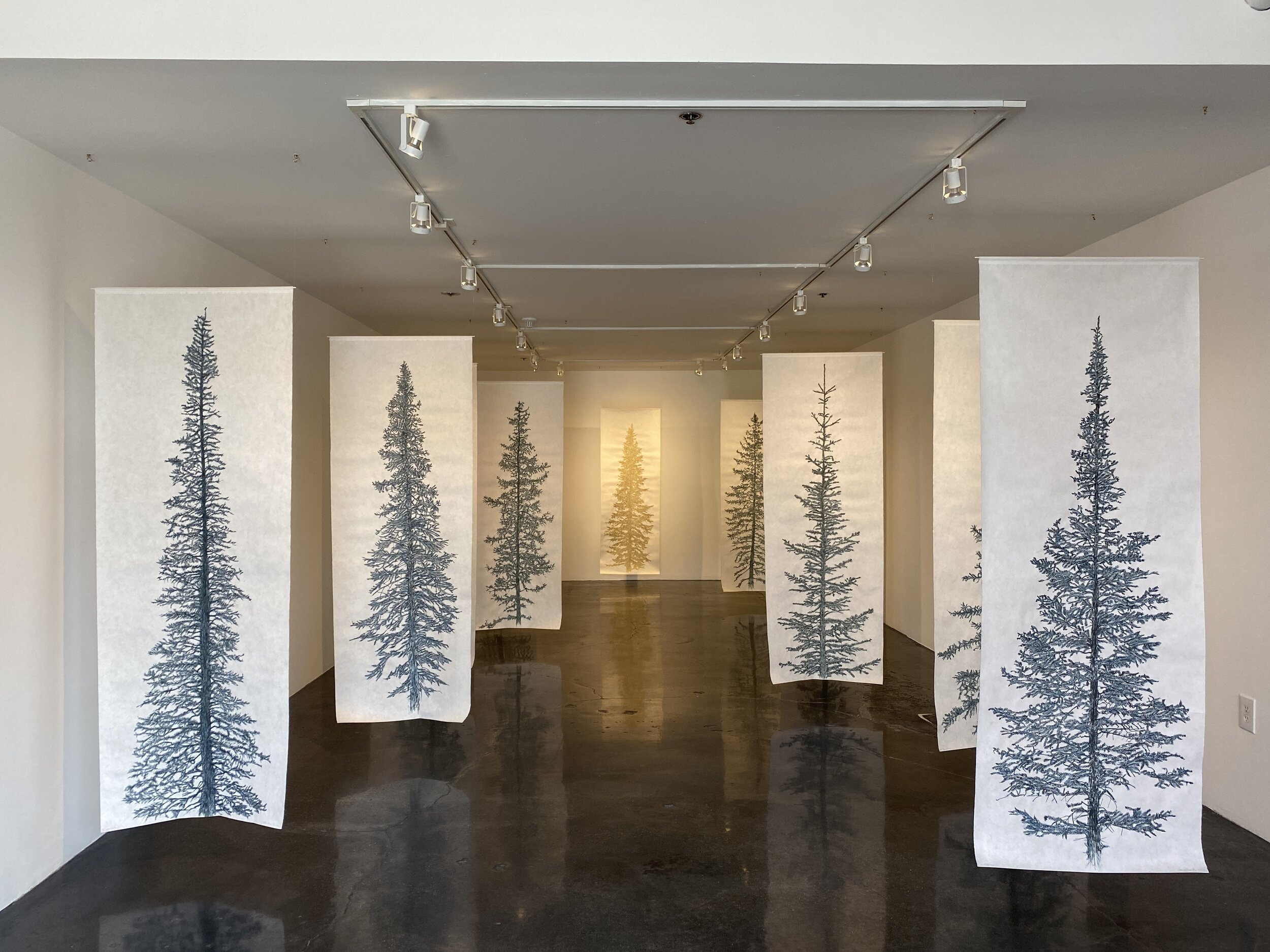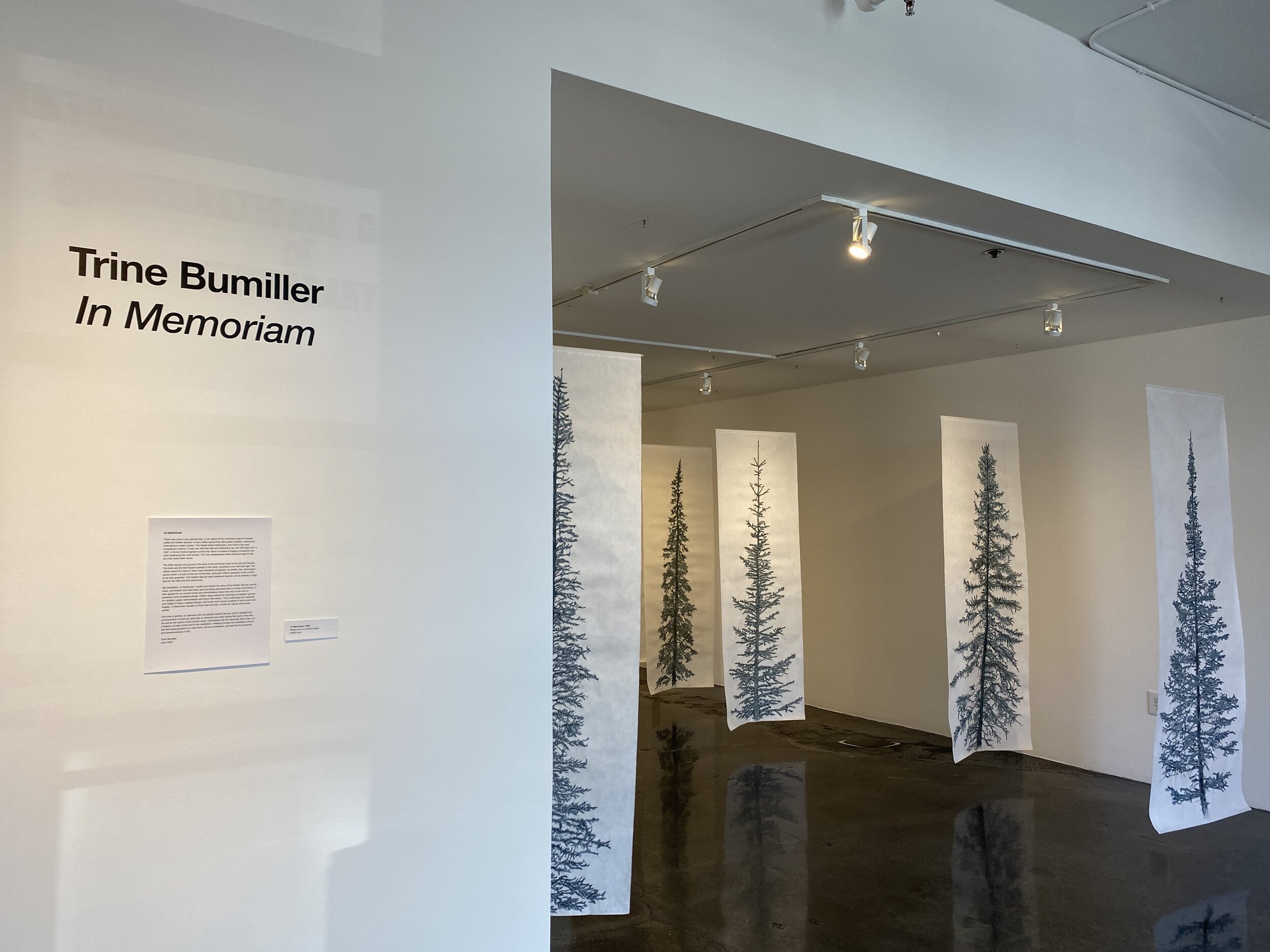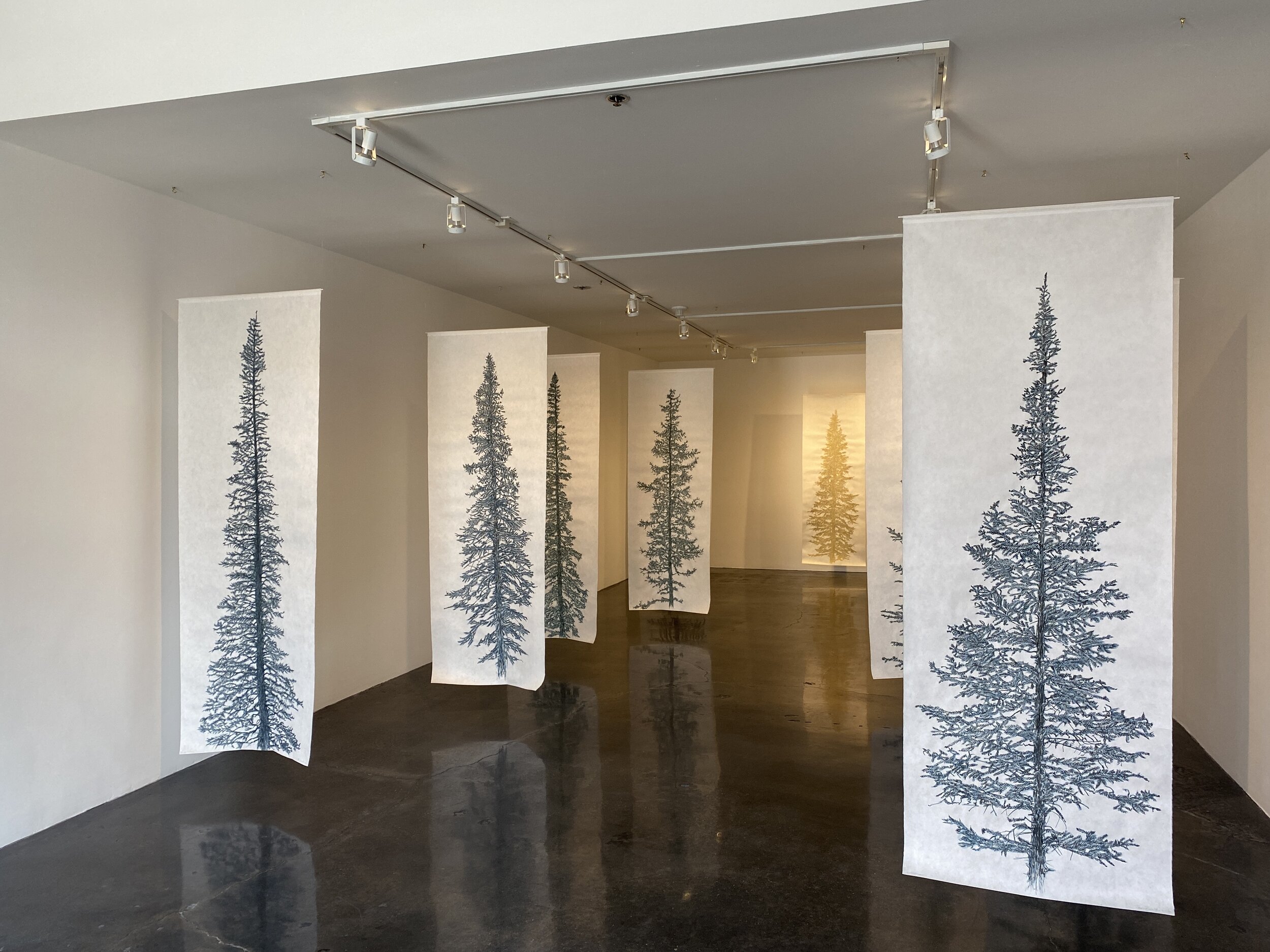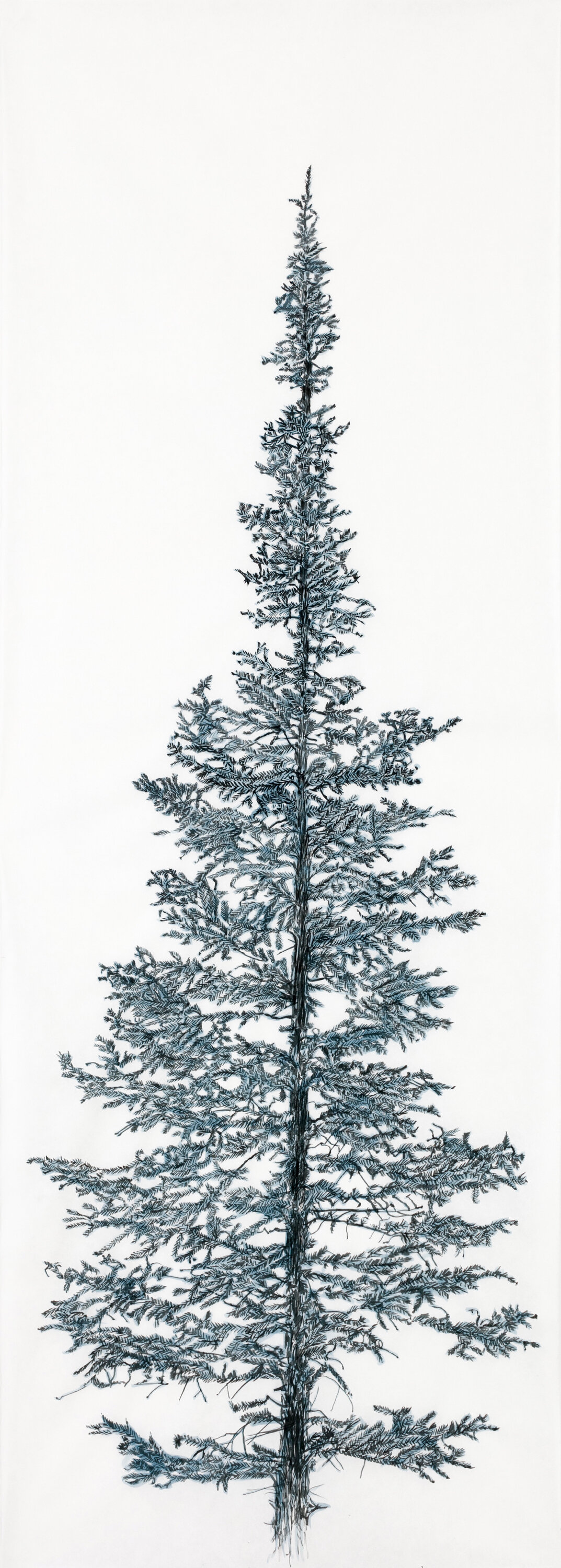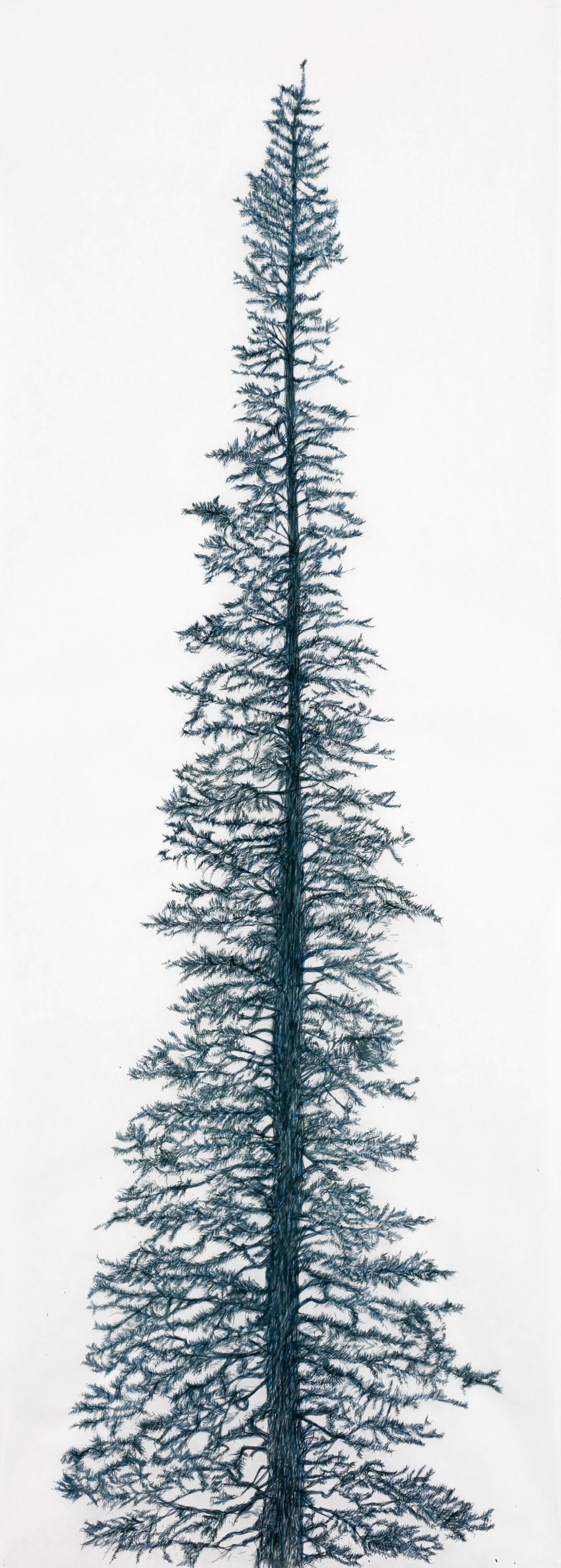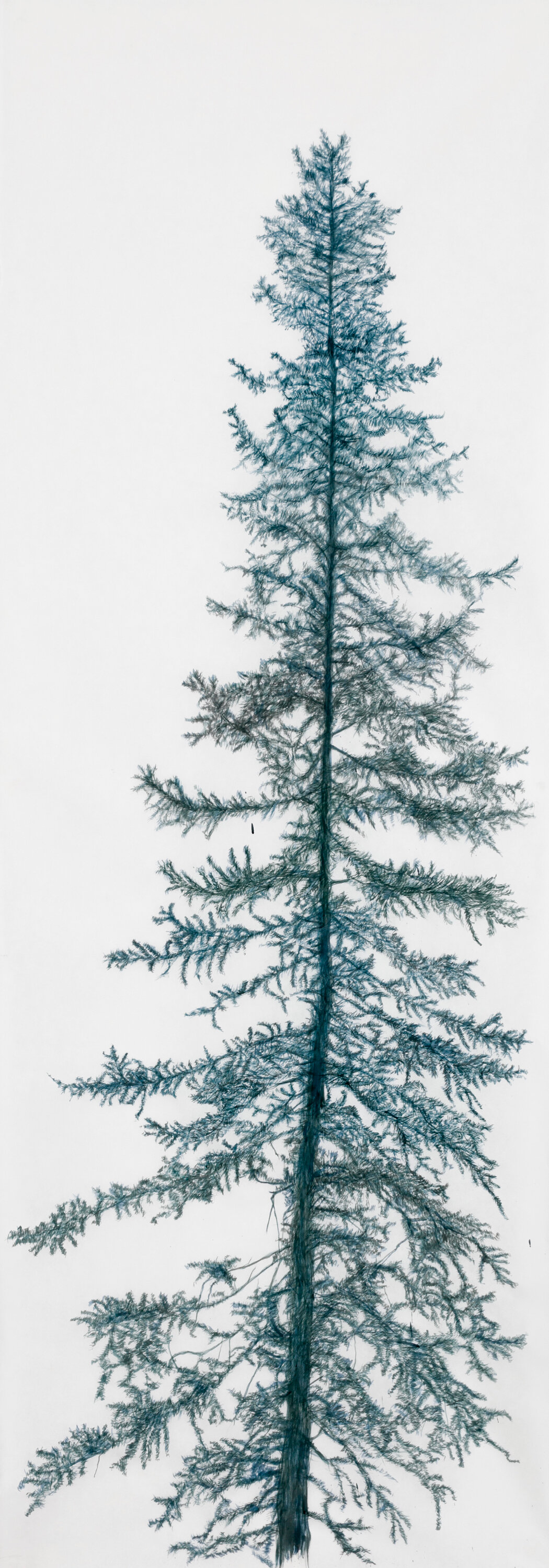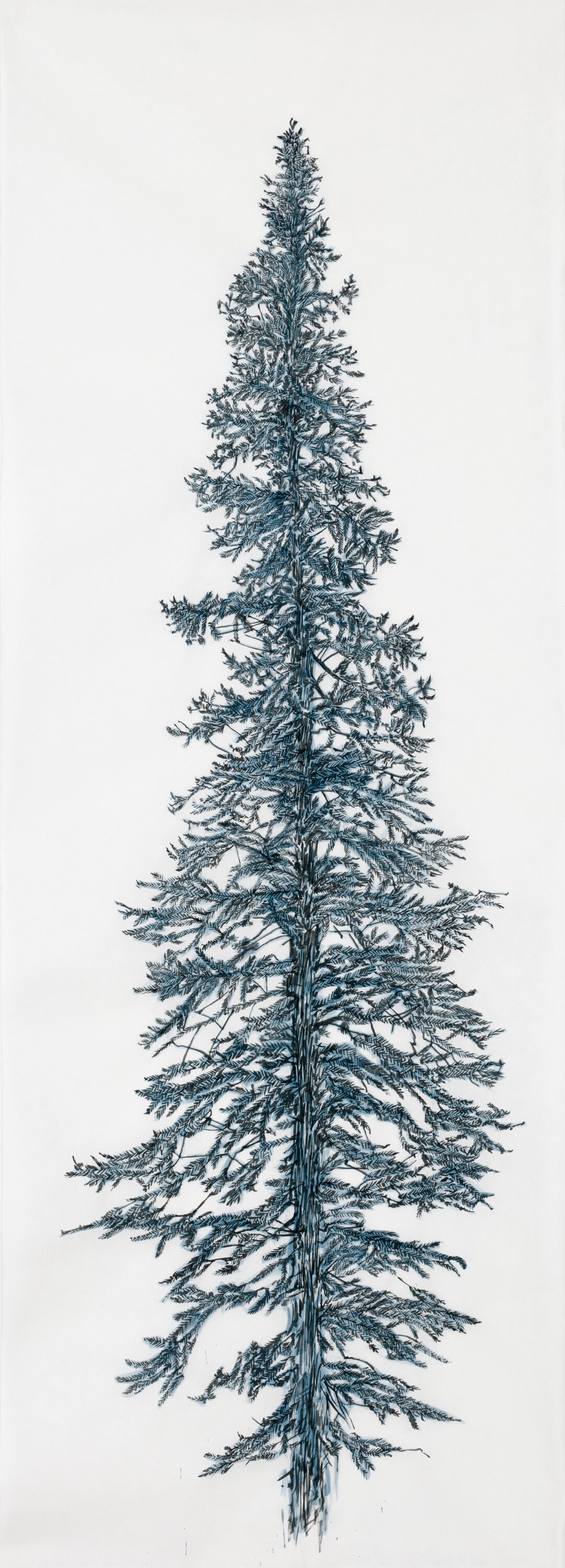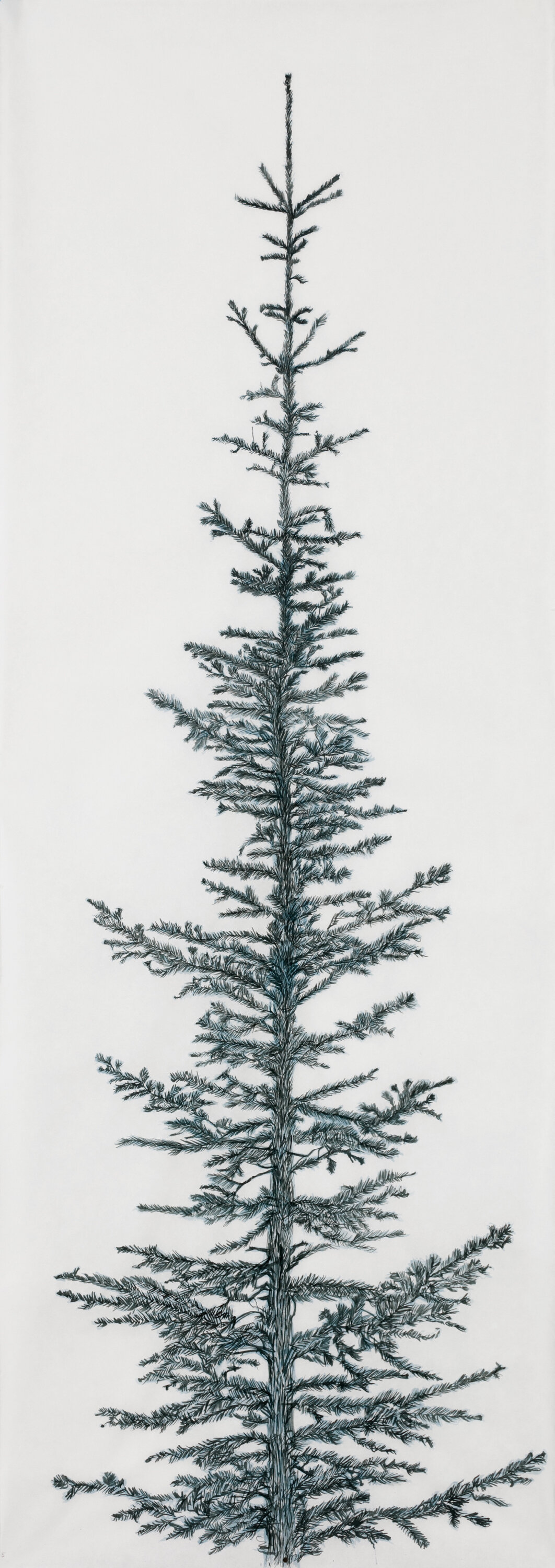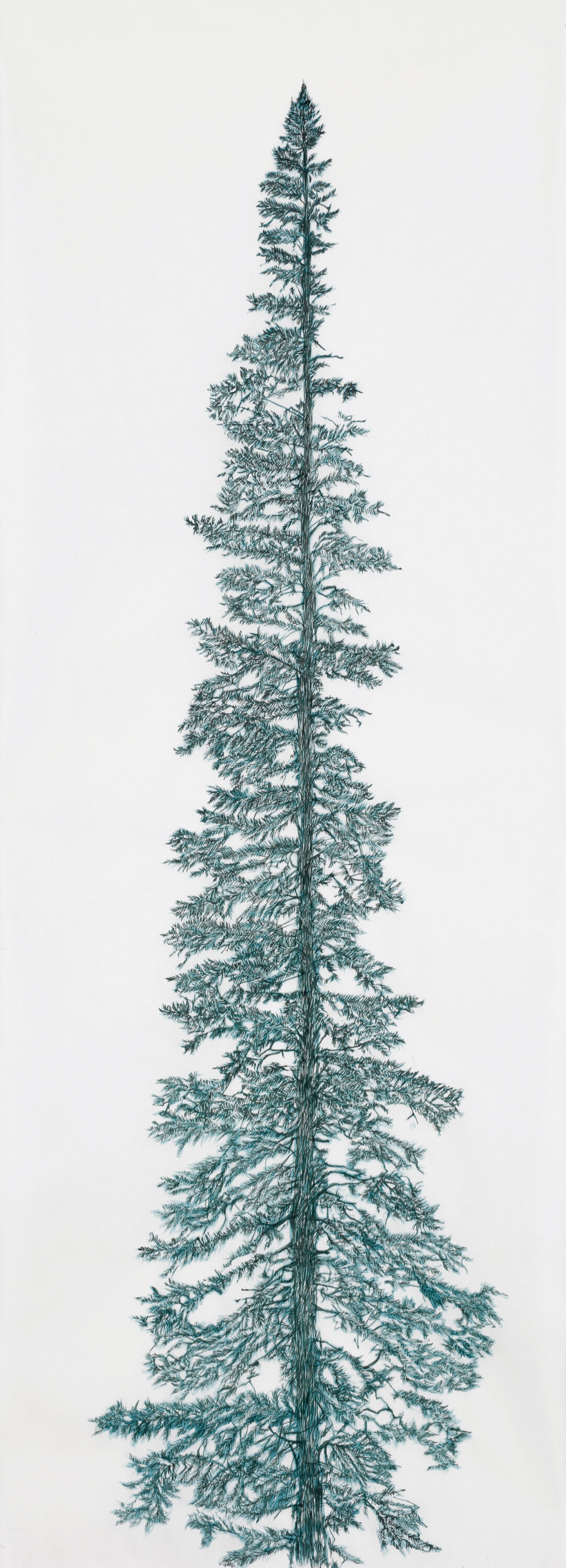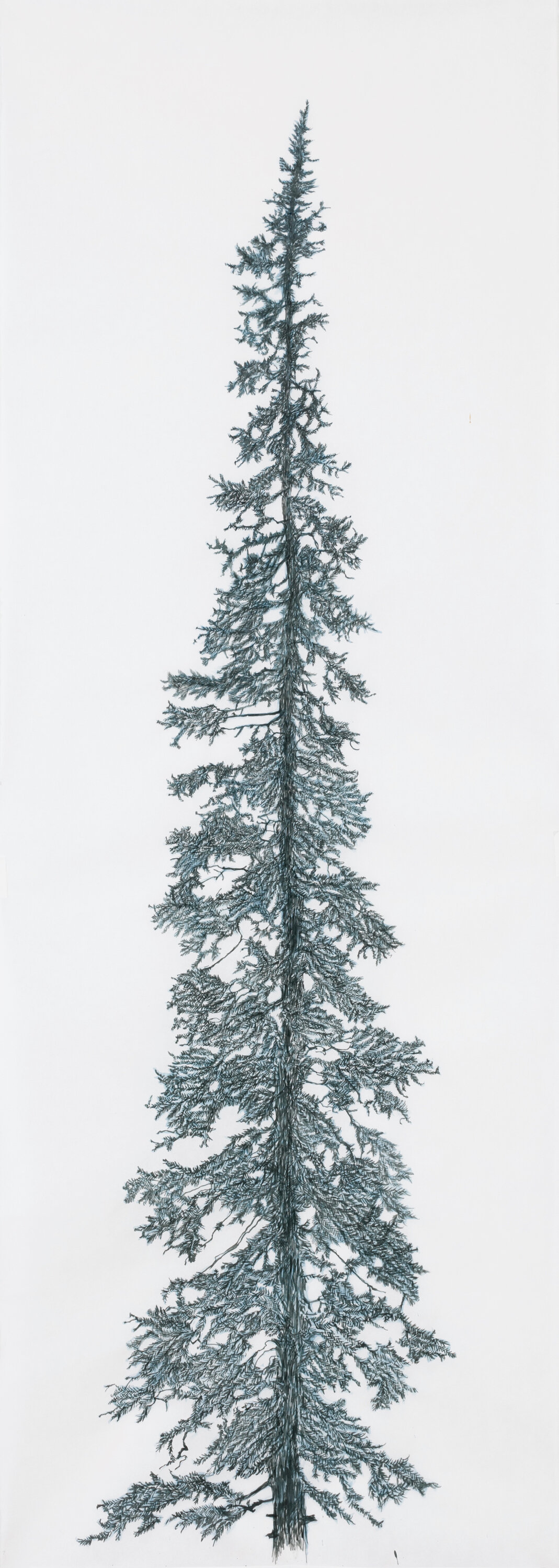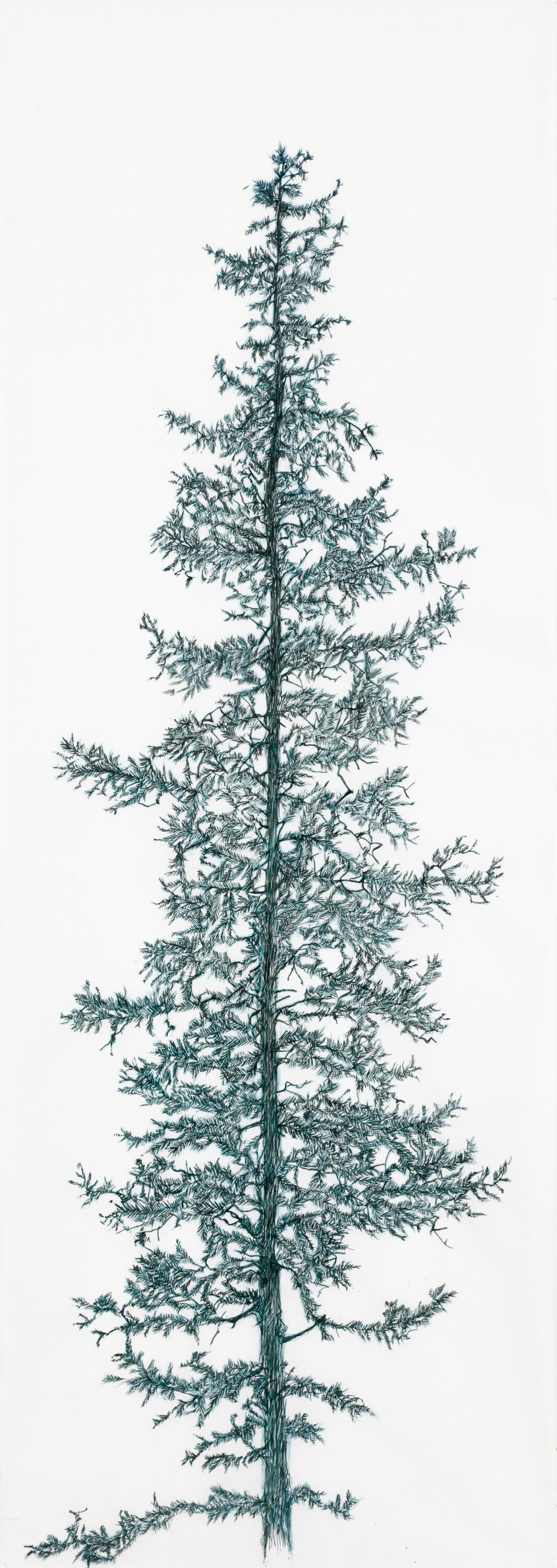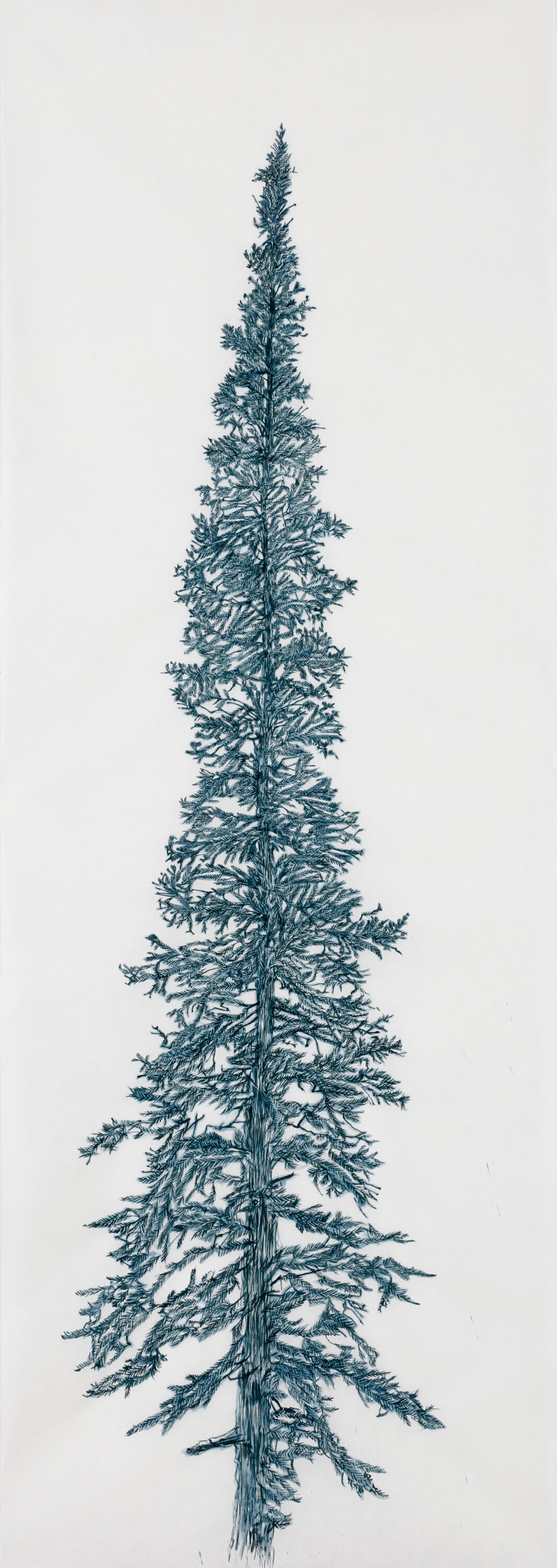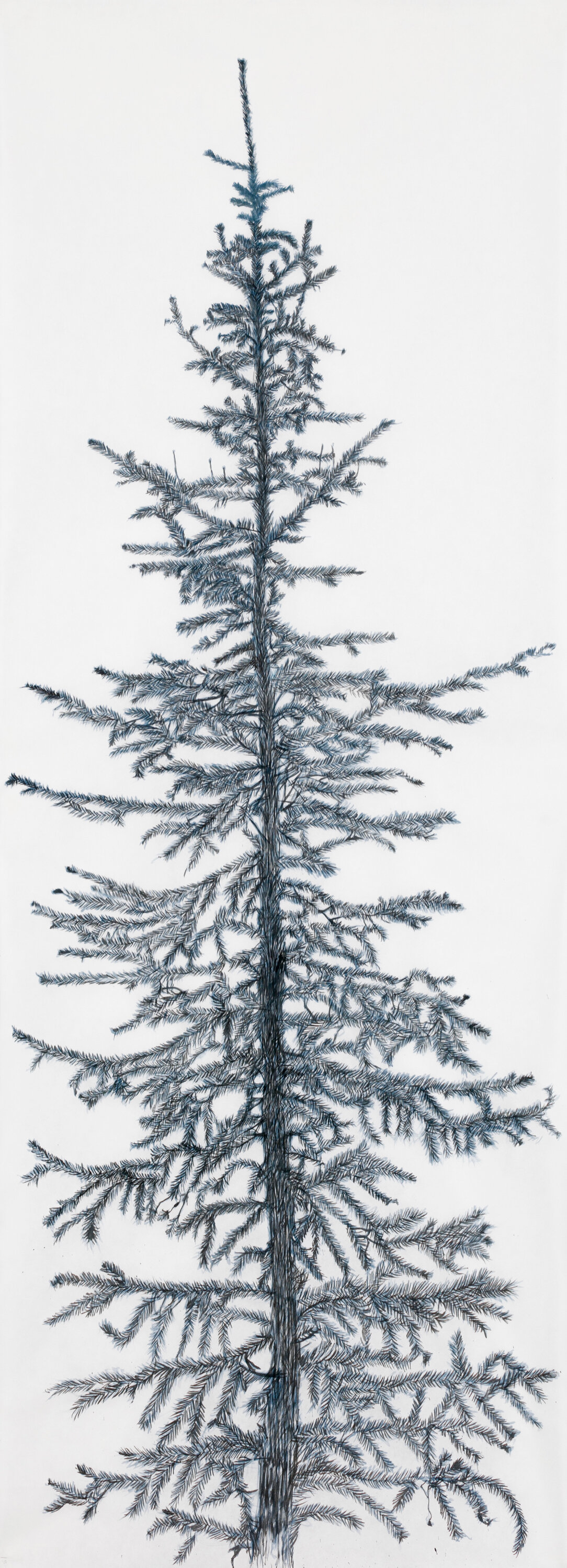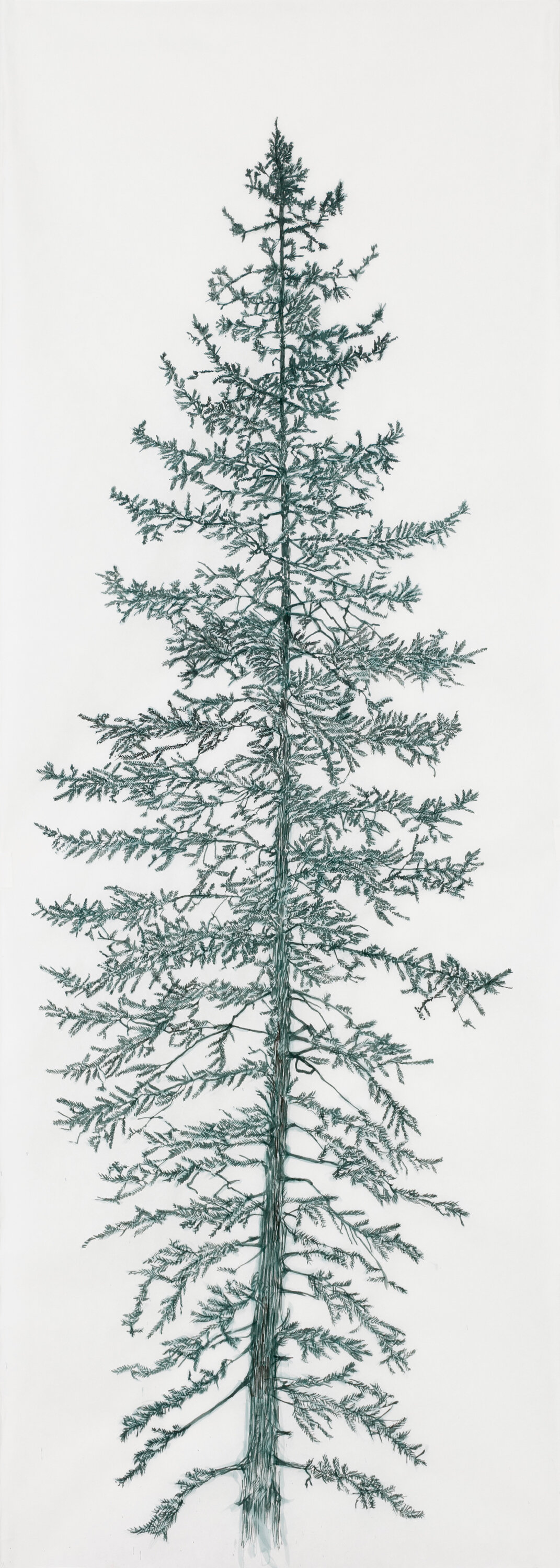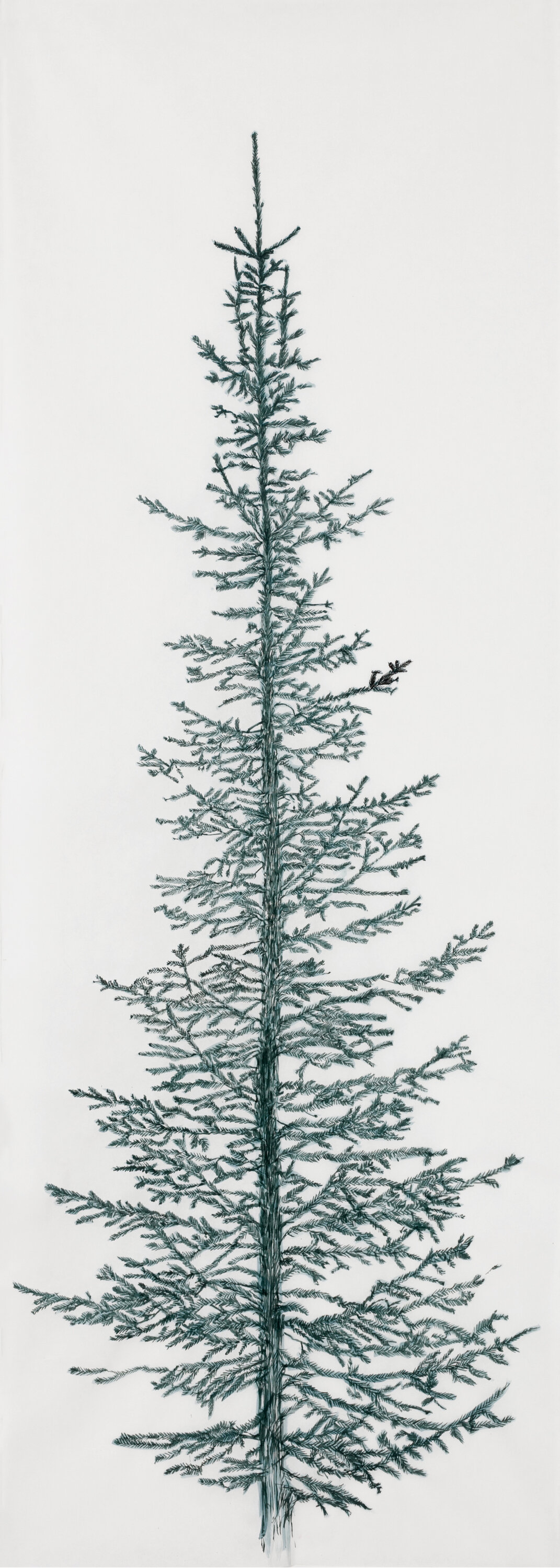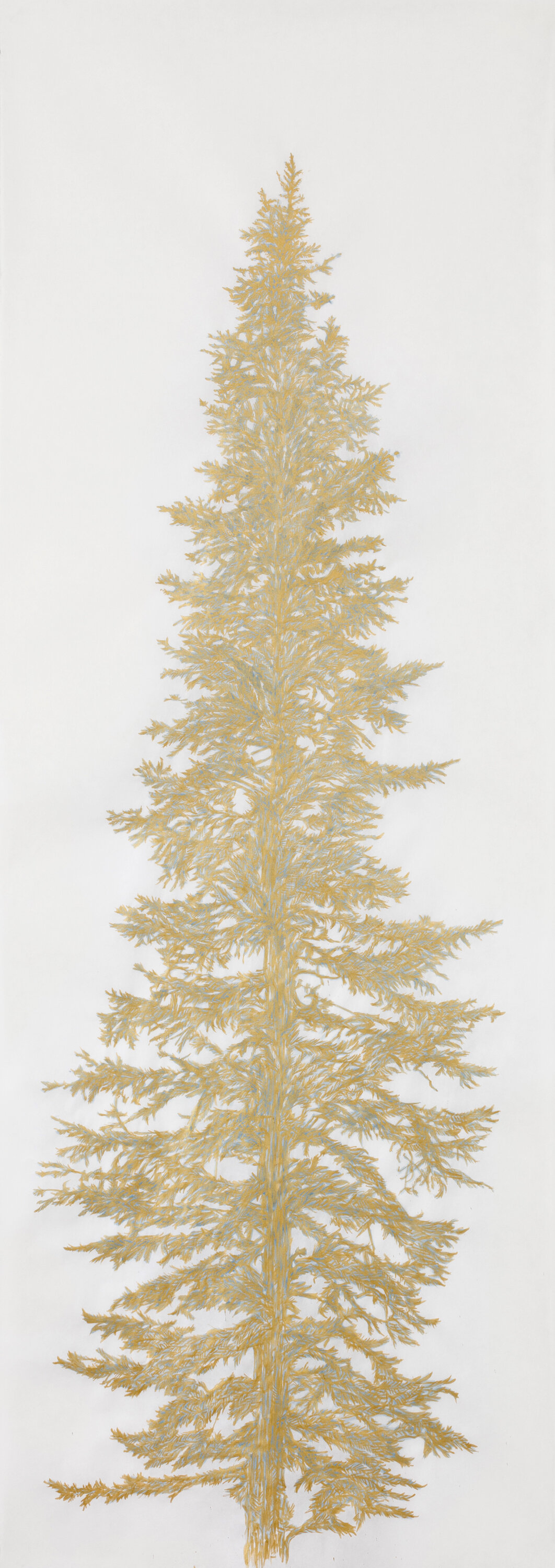JULY 2020
NORTH GALLERY
Third Nature: Divining the Scientific Archive | Sandra Talbot
Archives of scientific activities and expeditions can be viewed simultaneously by both artists and scientists as repositories of knowledge, ways to satisfy the desire for order and control, and as mirrors of ourselves, of the collector, and of culture and society. In Third Nature: Divining the Scientific Archive, I leverage archived science-made materials and imagery gathered during my own scientific expeditions to remote treeless islands of southwestern Alaska and the Aleutian Island Archipelago. The work explores the impact of scientific expeditions—including the mid-18th century Bering Expedition—and subsequent colonial expansion on the ecology of these harsh but beautiful geographies.
Artist Statement
The dichotomy between the science and art worldviews provides a gateway through which both artists and scientists can explore a personal and collective relationship with the world via the platform of the archive. Scientists (like me) and artists (like me) can leverage scientific collections—fossil compendia, field notebooks, nautical logs, herbaria sheets, genetic data and imagery, or the myriad other objects collected or created during scientific activities and expeditions—to generate knowledge, and archives of these collections can be viewed simultaneously as repositories of knowledge, ways to satisfy the desire for order and control, and as mirrors of ourselves, of the collector, and of culture and society.
For the past thirty years, I participated in scientific expeditions to treeless, windswept islands of Alaska’s Aleutian Island Archipelago and allied island groups. Landfall was made on a number of those same islands during the ill-fated 1741 Second Kamchatkan Expedition (also known as the Bering Expedition). This experience provided an unparalleled opportunity to place imagery emerging from archives generated via my own lived experience straddling the 20th and 21st centuries within the context of archived records and the lived experience of 18th century scientific explorers. My artistic research tracks document and imagery archives from the voyage of the packet boat, St. Peter—which carried Captain Commander Bering’s crew from Kamchatka to southeast Alaska and, after many trials, including sickness and death of the Commander, back to Kamchatka—during 1741-1742. My own field research activities and archives—mostly materials from botanical expeditions conducted between 1988 and 2019—span much of that 18th century track, and I use in my art-making those archived science-made materials to explore the impact of scientific expeditions and subsequent colonial expansion on the species and indigenous people that occupied and continue to occupy these remote treeless islands. In an example of ArtScience, I leverage insight emerging from art-making, science-making and my own lived experience to erect and test a new hypothesis to solve a mystery that has puzzled nine generations of biologists exploring these same harsh but beautiful geographies.















